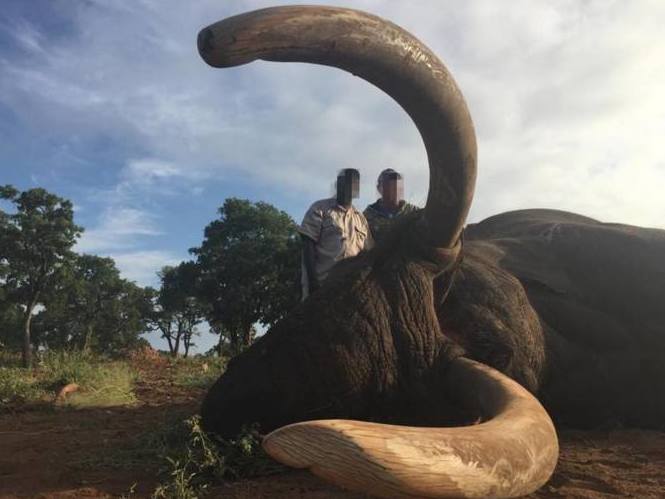Elephant poaching may be reducing, but the picture remains bleak
It is undoubtedly good news that the rate of elephant poaching in Africa has declined, as new figures indicate, but the animals are still being mercilessly hunted in unsustainable numbers

Elephants should not be hunted. But despite a ban on the international trade in ivory, a colossal black market exists.
The impact is devastating. To satisfy demand, which mostly comes from China, around 10,000 to 15,000 elephants are slaughtered every year – or roughly 40 a day.
No other part of these huge animals is used by poachers, and the carcasses are left to rot.
Calves take 10 to 15 years to reach maturity, and without maternal care, they stand no chance of survival. For a single pair of tusks, poachers may destroy two generations in one grisly act.
As recently as 1980, there were over a million elephants in Africa; they now number just over 300,000 and are at risk of being wiped out from all but the most heavily protected pockets.
In addition to ivory demand, persecution is increasingly being seen in areas where elephants come into contact with expanding human populations and settlements.
Just last week, Botswana lifted a ban on elephant hunting, with politicians blaming problems for small-scale farmers and rural villages on the rising elephant population.
Together with Zimbabwe and Namibia, the Botswana government has called for the ban on raw ivory sales to be lifted. The three countries together are home to 61 per cent of Africa’s remaining elephants.
Research released today shows a significant slowing in the rate of killings.
The annual poaching mortality rate fell from an estimated peak of over 10 per cent in 2011 to less than 4 per cent in 2017, according to scientists from the universities of Freiburg, York and the Convention for the International Trade in Endangered Species.
This is welcome news, but the scientists warn even these rates are still far from sustainable.
To ensure there is a future for elephants on our planet, action needs to be taken. In addition to robust laws and stiff penalties for poaching and illegal trade, governments and organisations must focus on education and messaging if they are to genuinely communicate with the people driving elephants to the brink.
According to conservation organisation The Elephant Society, which surveyed ivory buyers in China and Hong Kong, less than a third were aware the elephants were killed in order to obtain the ivory, and 70 per cent believed the elephants’ tusks would grow back naturally.
There is further demand for ivory, along with rhinoceros horn, due to their use in traditional Chinese medicine, despite being found to have no recognisable medicinal qualities.
It does not help that the World Health Organisation recently adopted hundreds of traditional Chinese remedies into its international guidelines without overtly condemning the use of animal parts.
Only with renewed recognition of the indefensible waste of life this breeds, can meaningful progress be made.
Once the demand stops, the killing will too.
Join our commenting forum
Join thought-provoking conversations, follow other Independent readers and see their replies
Comments